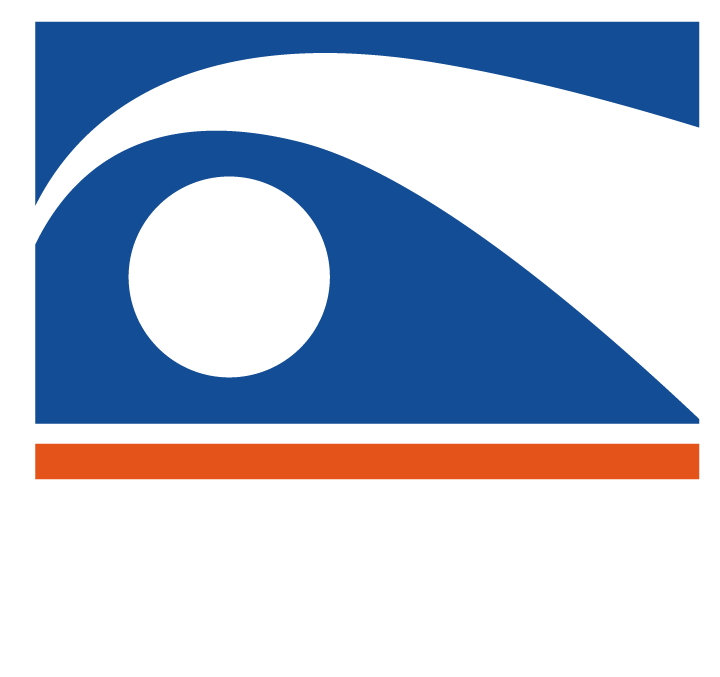Precision Navigation Skills of KinetX Aerospace Critical to Success of NASA’s New Horizons Spacecraft Mission to Pluto
Exceptionally qualified team of engineers at small commercial company homing in on narrow target point of flyby to achieve the exploration’s objectives
SIMI VALLEY, Calif., June 22, 2015 ─ Carrying out a precise navigation operation involving the fastest spacecraft ever launched to the farthest destination ever explored, the KinetX Aerospace Space Navigation and Flight Dynamics team is homing in on its narrow target as NASA’s New Horizons spacecraft makes its final approach to Pluto. Scheduled to flyby the planet on July 14th at 11:49:58 Universal Time at a carefully selected distance of just 7,800 miles from the surface, the spacecraft built and operated by Johns Hopkins Applied Physics Laboratory (APL) was launched from Cape Canaveral Air Force Station in Florida on January 19, 2006. KinetX Aerospace is the first commercial company to navigate any spacecraft to distant planetary bodies.
“The success of the mission depends upon hitting a narrow window of space at New Horizon’s closest approach,” said Dr. Bobby Williams, who leads the KinetX Space Navigation and Flight Dynamics group in Simi Valley, California. “For instance, if the aim point is missed, the spacecraft’s instruments might take images of a blank sky instead of Pluto or its moon Charon.”
Serving as the primary navigation team using custom optical navigation software built-in house, KinetX Aerospace has been working closely with the New Horizons team at the Johns Hopkins APL and the independent navigation team at NASA’s Jet Propulsion Laboratory. Combining radio tracking of the spacecraft’s trajectory with optical navigation, images are analyzed to determine where the spacecraft is relative to its expected position. Using those calculations, timing and duration for trajectory-correction maneuver opportunities can be carried out.
After July 1, maneuvers will no longer be feasible due to other onboard activities associated with the approaching encounter. The KinetX Aerospace navigation team will still be hard at work using radio-tracking and optical navigation data to compute how far off the spacecraft is from the planned arrival time at the closet approach. Timing of events in the flight plans can then be shifted to keep in synch with the spacecraft’s intended position relative to Pluto and its moons.
“The expert engineers working on the navigation tam of New Horizons are some of my heroes on the project,” said Dr. Alan Stern, New Horizons principal investigator, form Southwest Research Institute. “Imagine: they are driving New Horizons to thread the imaginary eye of a needle in space above Pluto by remote control from Earth that's three billion miles and four and a half light-hours away. Without them, much of the science of the Pluto flyby would be lost. Thanks to their work, we expect to arrive at Pluto closest approach to within just eight minutes of the expected time after a journey of nine and a half years and less than 500 miles of the expected position error.”
KinetX Aerospace was also the lead organization responsible for navigating the MESSENGER spacecraft (also built and operated by APL), which was the first to orbit Mercury. And when the OSIRIS-REx spacecraft launches in September 2016, KinetX, working with NASA’s Goddard Space Flight Center, will be responsible for navigating the spacecraft to rendezvous with the asteroid Bennu and return a sample to Earth. KinetX Areospace is the only non-government group to lead a deep space navigation effort with NASA, and has proven its ability to provide customers with reliable, focused support from mission design through orbit operations to end-of-life procedures, in a very collaborative environment.
About KinetX Aerospace
KinetX Aerospace is a privately held company formed in 1992, headquartered in Tempe, Ariz., with additional offices in Simi Valley, Calif., and other employees located in Colorado, Maryland, and Virginia. The company specializes in the design, development, and operation of large-scale space systems, in addition to its work on deep space missions. For more information, please visit http://www.kinetx.com/.

